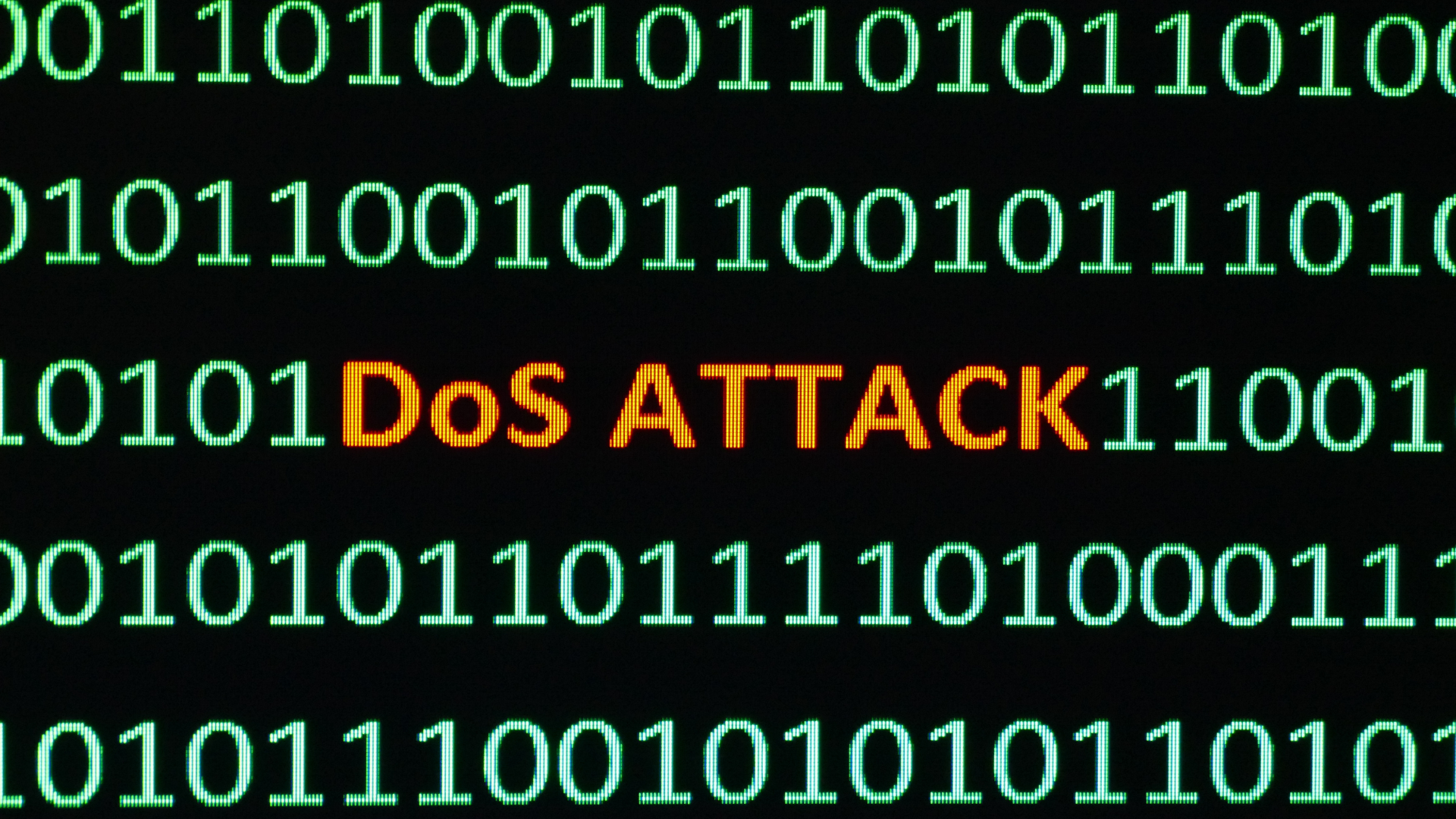Looking at those trends and security experts or industry analysts’ forecast, it’s clear that we’re not going to see anything new in the next few months in cybersecurity, just more of the same. 2020 was not a year of innovation but a year of adaptation. So, in 2021, companies will simply continue their journey towards implementing the security solutions they invested in and those that finally have the budget to do it, will follow suit. While hackers will continue to exploit the opportunities that the pandemic has brought to them.
Here’s my selection of the top five cybersecurity trends to expect in 2021.
Zero-Trust will be adopted more widely
It’s been a buzzword in the cybersecurity space for a while, but the fact is, it’s certainly going to be adopted more widely in 2021. According to Brandessence Market Research, the Global Zero Trust Security Market, in terms of revenue, was worth USD 15.61 Billion in 2020 and is expected to reach a whopping USD 94.35 Billion in 2027.
That architectural model or framework created a decade ago by John Kindervag, is based on the belief that an organisation should not automatically trust anything inside or outside its perimeters and instead must verify anything and everything trying to connect to its systems before granting access. Put simply, everybody and everything – users, devices, services, and data – are considered a threat until proven otherwise.
There are a few reasons why more enterprises and organisations are using it and why we’ll likely see a big uptick in its adoption.
- Firstly, an enterprise today has both physical and virtual locations and third-party relationships which means there are no perimeters anymore, however, it still needs to preserve the integrity and security of its data and assets and stop malware from entering a network. By dictating that no connectivity is allowed until a user is authenticated, and his endpoint is validated, that model allows enterprises to do just that.
- The second one, you would have guessed, is remote working and the digital transformation/ cloud migration initiatives that have being fast-tracked due to the pandemic. As employees around the world have had to work from home due to lockdowns and the majority of us continue to work from home, enterprises need to be ready for the fact that their employees may not be the only ones accessing the company devices. Other people, such as your child, partner or flatmate, may use your work laptop or phone, and inadvertently download ransomware or other types of malware.
- Finally, another reason for this growth is that Zero-Trust can be deployed more easily, seamlessly and at a lower cost, for enterprises that already have an end-to-end cloud architecture, especially for customers of Microsoft solutions such as Microsoft 365 or Azure Active Directory. And given the rise of ransomware due to remote working, enterprises have had and need to act fast.
Expect more bad bots problems
Whether it’s the launch of a new console like the PS5, the latest trendiest pair of sneakers being made available or tickets for Glastonbury going on sale, in 2020, many customers got super excited but were left empty handed when all these items sold out almost instantly due to bots, particularly scalper bots. In 2021, we’re going to see a lot more of that and wider attacks. Here’s why:
- The pandemic and closed shops means that launches can only be done online, leading to disrupted supply chains and a limited stock of certain items. This creates scarcity, and scarcity is what bot operators prey on.
- The diversity of high demand or limited supply items bot operators are going after is expanding. They are not only going after the latest Air Jordans or gaming console anymore, they are also buying and reselling gym equipment, hot tubs and even limited edition cars! It’s big business! According to Cowen Equity Research, the sneaker resale market for example could reach $30 billion by 2030.
- Given the current economic downturn, more people seek to profit from high demand items like the PS5, leading to the rise of both the number of bots that are easily available and “cook communities”.
- And finally, as bots are now easily accessible, more people like you and me are having to turn to bots to get what we want. However, you better have a lot of cash in the bank. According to our client Netacea, these can be worth up to $27,500!
Ransomware is not going anywhere
Ransomware will continue to be a significant threat throughout 2021. The business of ransomware is booming so much due to remote working that CyberSecurity Ventures predicts an attack every 11 seconds in 2021. Back in 2016, it was one every minute.
This increase is due to a combination of things:
- More work is being done over email – we can’t just get up and chat to each other about something in the office anymore, we send each other an email or message on Slack or Teams.
- In the majority of cases, there are weaker controls on our personal network and IT.
- There is a lack of security training for employees. Some organisations have made the necessary security budget available straight away but for others that are not doing well, how can you convince the team to spend more money on security when the budgets are so tight?
- This means that there is a higher likelihood of us clicking on ransomware emails that focus on topical issues such as early access to COVID-19 vaccinations or other subjects that have a strong emotional pull for us.
- And for some people, their work laptop might be their only computer, which means they’re using it for personal activities too, like shopping on Ocado or ASOS, checking their Facebook page or watching Bridgerton. That means that cyber criminals can launch phishing attacks against personal email addresses, which if opened on the right device, can provide access to a corporate network.
With remote working, companies have a much bigger attack surface; not necessarily because they may have more employees, but because their employees are all in different locations, operating from different networks and not working with the company’s perimeter network on multiple types of devices.
In addition to that, we’re also all tired from this series of lockdowns and paying less attention to nefarious links. Hackers know it and are going to use this to their advantage.
Surge in QR codes fraud
QR code payment exploded a few years back when advertisers and retailers like Walmart or Amazon started using it because it was easier for consumers to pay or scan a code than type a long URL. But it kind of died down. As consumers we couldn’t really tell from a QR code where scanning would lead us, so we got cautious.
And then the pandemic came along and gave it a new life. COVID has kickstarted the usage of QR codes in many verticals – restaurants, retail, and even hotels. It’s not only a way to avoid contact but also to easily get our contact details and be notified if somebody who has been at the same restaurant as us one evening got the virus.
When the lockdown ends, even if the vaccine is being rolled out, we’ll likely continue seeing them. Cyber criminals are going to jump on this opportunity and exploit consumer demand for contactless transactions, driving surges in buy-online-pickup-in-store (BOPIS) fraud and QR code fraud, including QRs that request payment or personal information or that trick users into downloading malicious programs. So, watch out for those!
Investment in cloud security and endpoint security will continue to rise
According to our latest Catalyst data, which we will reveal next month (stay tuned!), cloud security has seen significant levels of investment in 2020. Two sectors in particular are driving its adoption – retail and financial services. More than half of the retail and financial services organisations we surveyed bought a cloud security solution in the last 12 months. But what’s important to note is that 41% of all companies we surveyed are planning to further invest in cloud security in the coming 12 months.
Endpoint security, which has been more important given the move to working from home, increasing adoption of BYOD and the rising integration of cloud platforms in these devices, has also been an area that has seen a lot of growth in 2020, particularly from the TMT sector (technology, media, and telecom). Sixty percent of the TMT companies we surveyed bought an endpoint security solution in the past 12 months. And there is no sign of it slowing down. More than a third of all the companies we surveyed have plans to invest in an endpoint security solution in the next 12 months.
2020 was a difficult year, not only for the cybersecurity industry but for the world as a whole. Although the pandemic has accelerated the move from a ‘cloud first’ to a ‘cloud now’ approach, which is a good thing, it was also a breeding ground for cyber criminals to take advantage of the circumstance. While 2021 will present evolving threats and new challenges, companies that got caught up by surprise last year now have the right solutions in place or know how to make their business more secure, which should, let’s hope, shift the balance towards the defense.














